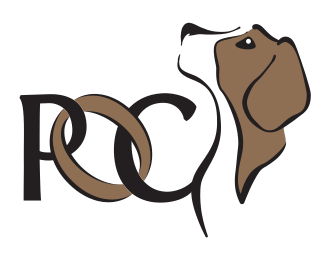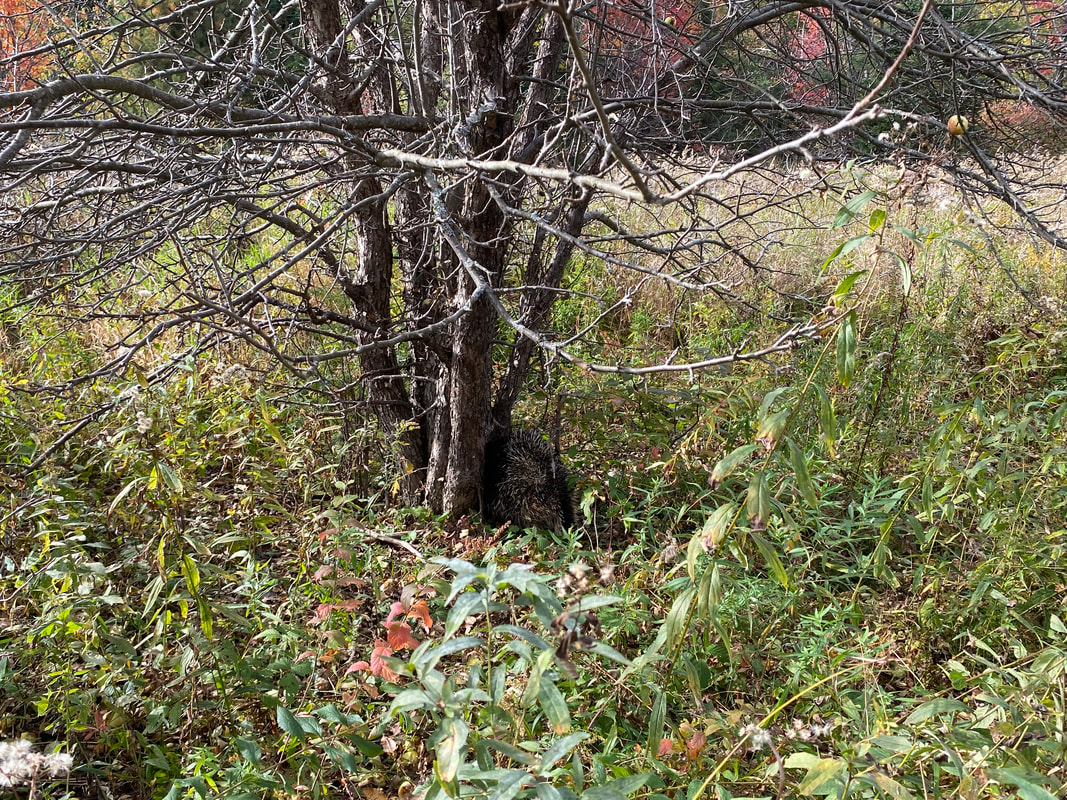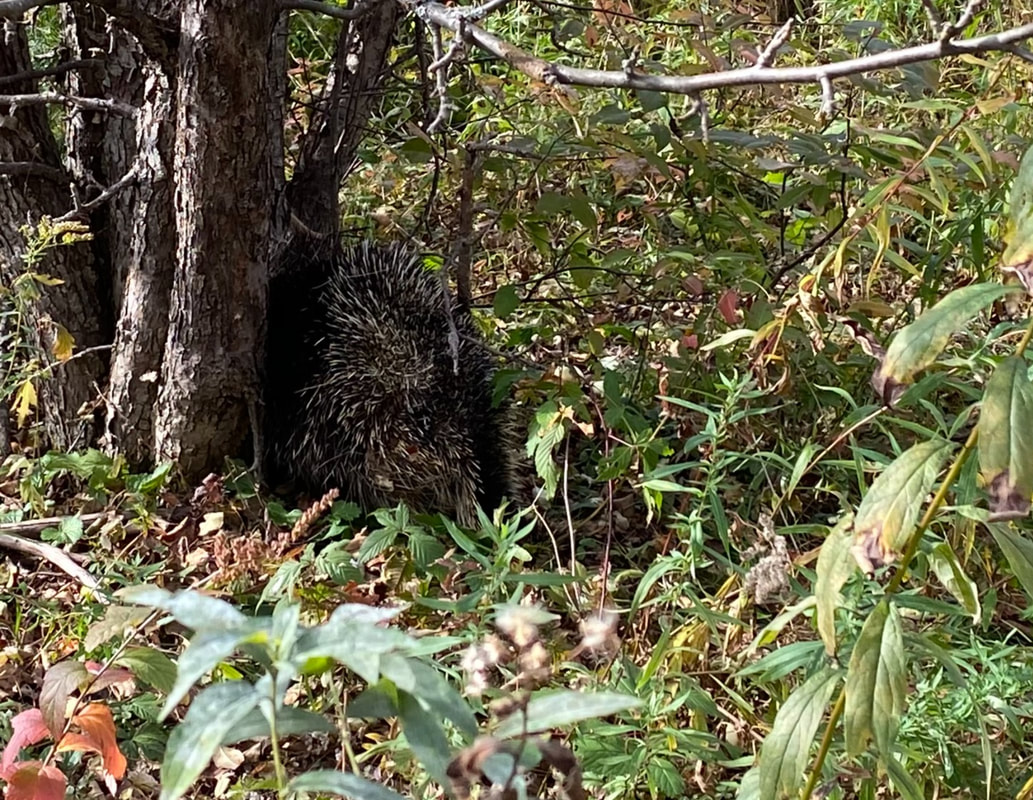|
I love going hiking with my dogs, but there are some things that make that experience more enjoyable for us both. Teaching Loose Leash WalkingI find hiking so much more enjoyable when my dogs aren't pulling me down the trail! Although it can be frustrating when you just want to go on a hike, I highly recommend taking the time to train your dog to walk nicely on a loose leash. These two things aren't mutually exclusive, I taught Tristan how to casually walk on a loose leash on trails, however, I had to go out knowing that I'd be stopping and turning if he pulled so I wouldn't cover as much ground, or if I stuck with a predetermined route, it would take us longer to complete it. Consistency is the key here - if your dog gets to explore by dragging you along behind them, that's what they'll do in the future. Here is how I taught Tristan not to drag me down the trail: Casual Leash Walking The first stage in teaching loose leash walking is to teach your dog to pay attention to the feeling of tension on the leash, and that if she feels tension on the leash that she should ease up. To do this we need to pay attention to the amount of tension on the leash, and only move forward if the leash is loose. I really like this for informal walking, when you don’t mind if your dog is in front.
Moving Over / PassingIf you are going to be hiking in public places, odds are good you're going to meet other people also out for a walk, or on multi-use trails perhaps a jog or bike ride. It is a good idea to teach your dog to move to the side with you, or come and walk close beside you while you pass other trail users. I have gotten many thanks, especially from joggers and cyclists when I move over to let them pass. It's a courtesy, and lets them not worry that my dogs will jump at them or chase after them. To teach pulling over:
Going Off Leash?Before you consider having your dog off leash in public, you will want your dog to be comfortable hiking within a certain radius of you, and to have an excellent response to you cue to come when called especially in the face of distractions, since you never know when you may encounter another trail user, and the considerate thing to do when that happens is to temporarily put your dog on leash while you pass. We never know if the person we are encountering is afraid of dogs, is worried they may be chased, etc. so it is just kind to demonstrate that you are considerate and your dog will not impact their enjoyment of the trail by calling them back to you, putting their leash on, and either pulling off and waiting while they pass or having your dog walk on their loose leash while you pass.
Cautions:Young puppies often tend to stick close to their people, then once they become adolescents, they become more independent and feel more comfortable ranging further away from you. This is normal, but we often get a false sense of security when our 12 week old puppy won't go more than 3 feet away, only to get shocked when our 5 month old puppy takes off out of sight. So please, be aware that this can happen. Often teenage dogs need some help making good decisions, so some time on a long line until their brain matures is helpful to keep them safe and prevent them from undoing the foundation you've laid. Then once they are socially mature adults, they will be more likely to remain closer to you again. All things come with some element of risk. You will need to weigh the risk/benefit ratio for each situation and make a decision you are comfortable with. Off leash risks include wildlife chasing/encounters, road crossings, encounters with other dogs/people, etc. Here's a porcupine I got surprisingly close to before I spotted it - thankfully the dogs were on leash and didn't get any quills! Happy Hiking!
Comments are closed.
|
Categories
All
Archives
May 2024
|
Online Learning Class Schedule Puppy Classes Manners Classes Sport Classes Scent Classes Agility Classes Private Lessons
Copyright 2020 Positively Obedient Canines


